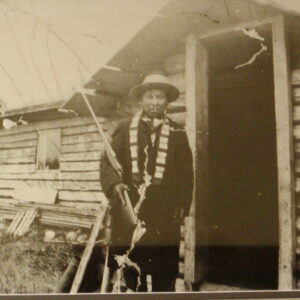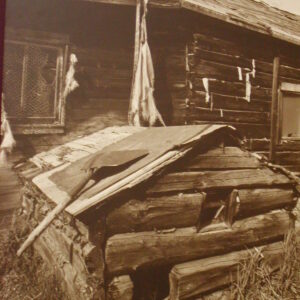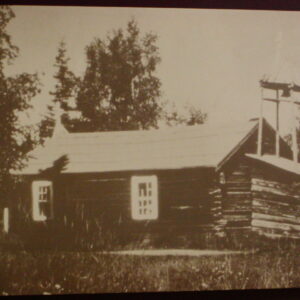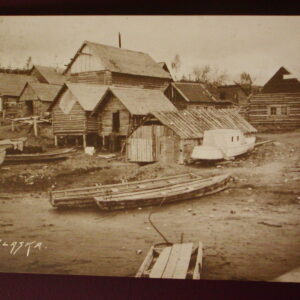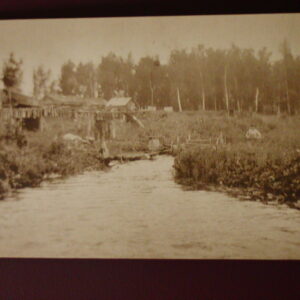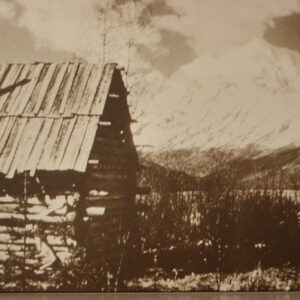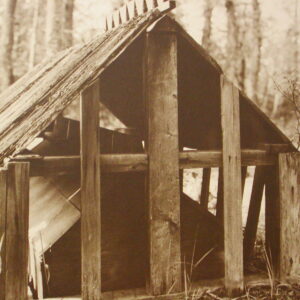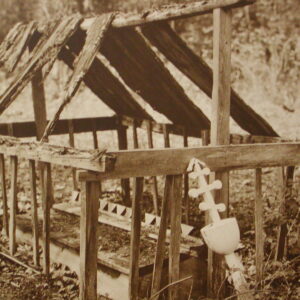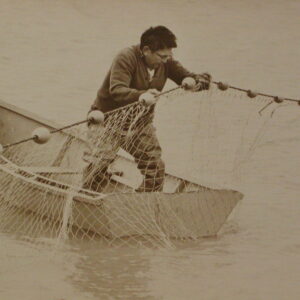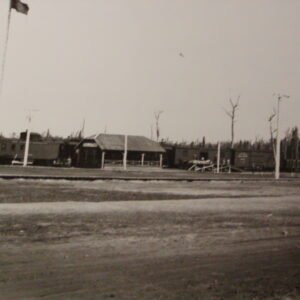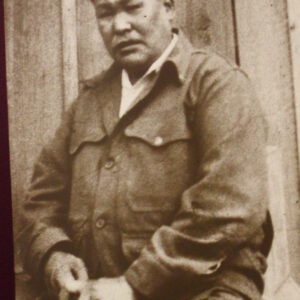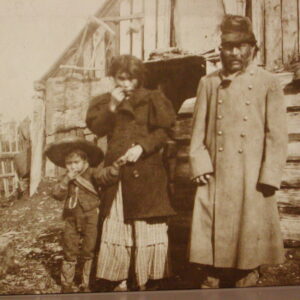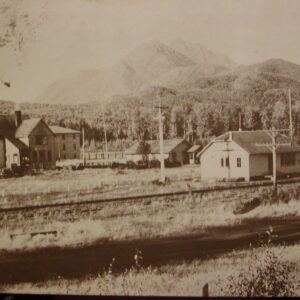Eklutna Native Culture
DENA’INA COUNTRY
The Dena’ina are an early indigenous population of the Knik Arm area. Anchorage lies within Dena’ina Elnena (Dena’ina Country) and is home to the K’enaht’ana, the indigenous people of Nuti (Knik Arm), who today are members of the Eklutna (Eydlughet) and Knik (K’enakatnu) tribes. At present, however, public representation of Dena’ina history and culture is almost nonexistent in Anchorage.
Historically, the Dena’ina people were very peaceful and lived off the land. The Dena’ina fished, hunted and gathered wild plants in and around the lands between the Chugach and Talkeetna Mountains in Upper Cook Inlet, long before Anchorage was founded.
In the late 1700s, Russian settlers arrived in the Cook Inlet region and traded furs with the Dena’ina, built churches at Knik and Eklutna, and established the legacy of the Russian Orthodox religion. Miners and traders soon arrived in the area and seized most of the Dena’ina lands north of the Knik Arm. In 1915, the U.S. government decided to build the Alaska railroad directly through Dena’ina land, resulting in an influx of people that “founded” Anchorage as a city. The sudden increase in population introduced an influenza epidemic that wiped out nearly 90 percent of the Dena’ina people.
The Dena’ina that did survive watched as their traditional homeland was slowly engulfed and expropriated by an ever-increasing number of newcomers to the state. Between the “founding” of Anchorage as a city in 1920, two military installations built during World War II, private development, State Road and Rail right of ways, and the tapping of water from Eklutna Lake to satisfy the growing demand for drinking water and hydro electrical generation. Later, Eklutna Lake was included, as part of the third largest state park in the United States and Eklutna people were no longer allowed to practice traditional
subsistence activities in this culturally significant area. On December 18, 1971, President Richard Nixon signed into law the Alaska Native Claims Settlement Act (ANCSA) that allowed Alaska Natives to retain 44 million acres of land and a cash settlement. This act created 13 Regional Corporations and approximately 175 village corporations. Eklutna, Inc. was formed on October 17, 1972 as one of the village corporations. In the ensuing years, Eklutna, Inc. has executed several different strategies to find a balance to maximize its position as the largest private landholder within the Municipality for its shareholders while still working hard to retain its Dena’ina identity. In June 2006, Mayor Mark Begich and the Anchorage Assembly announced that the Dena’ina people and their heritage were going
to obtain the recognition that they deserve. Anchorage has built a $120 million convention center that is respectfully named “The Dena’ina Convention Center,” which will educate residents and visitors alike about the rich history we all share with the original people of the Anchorage area.

